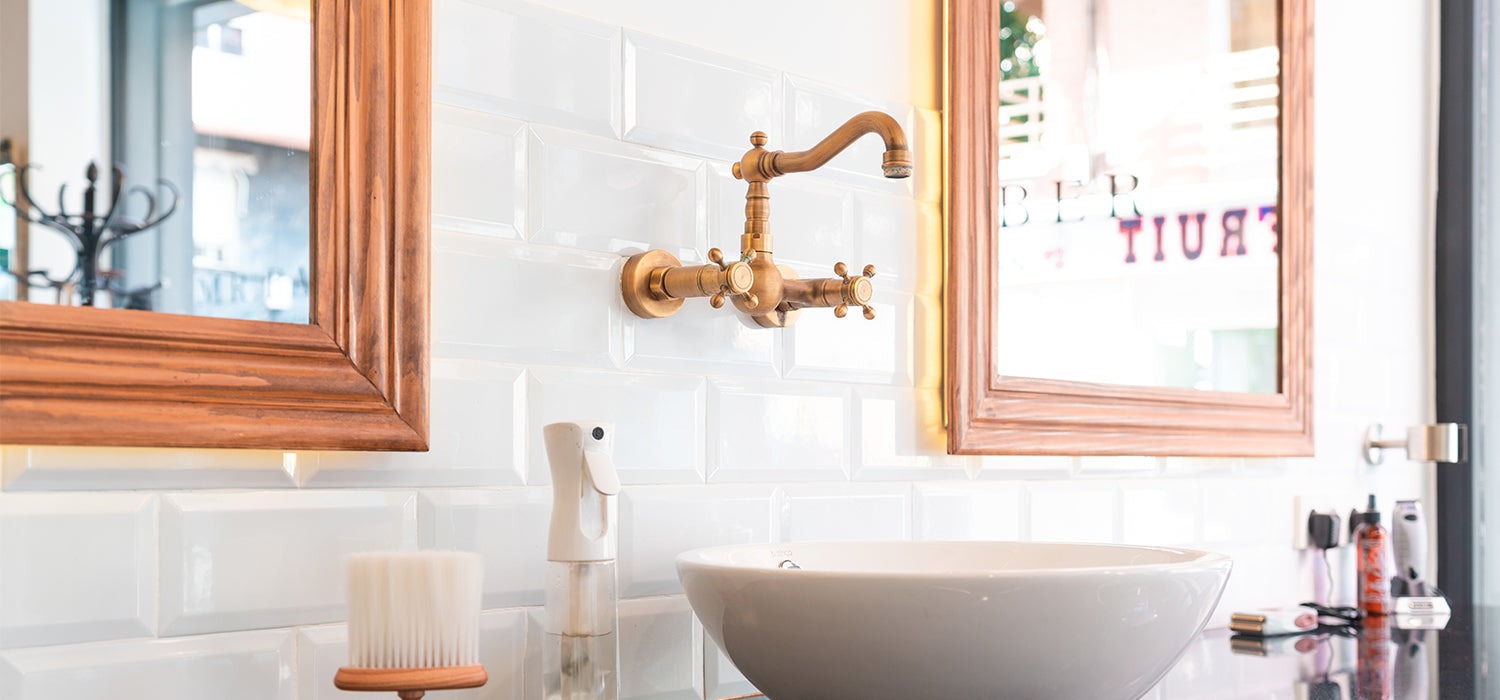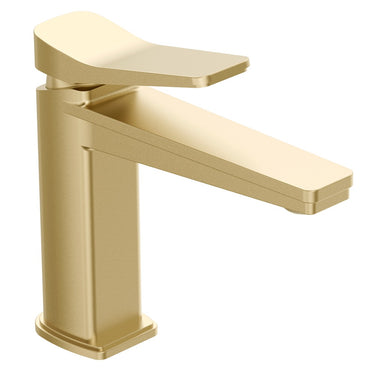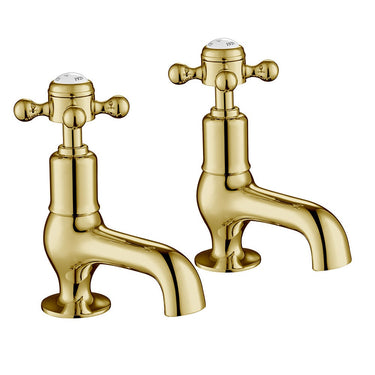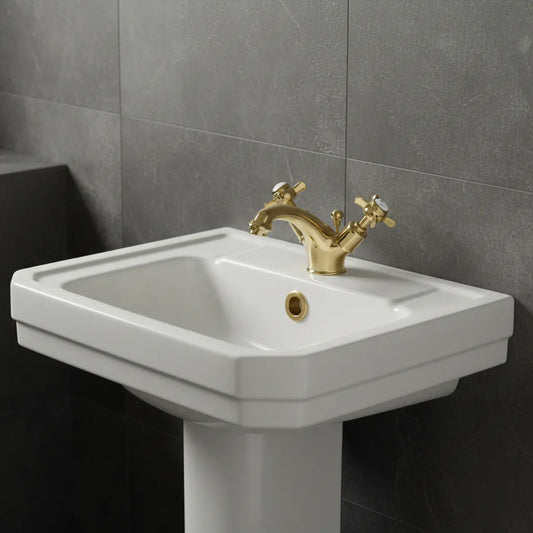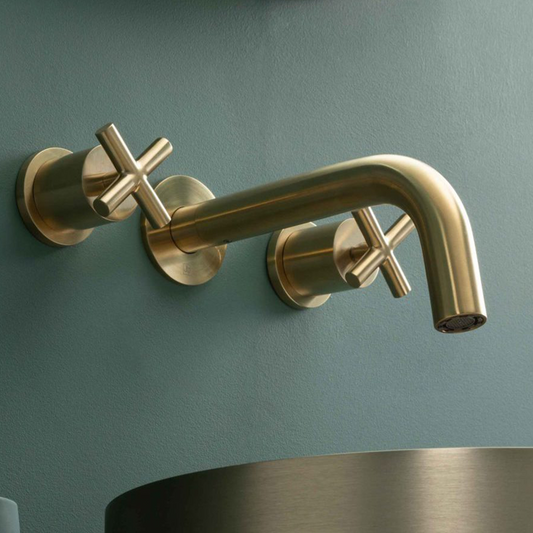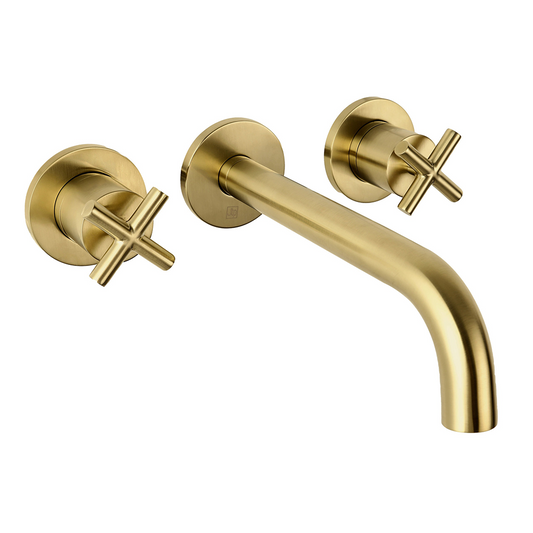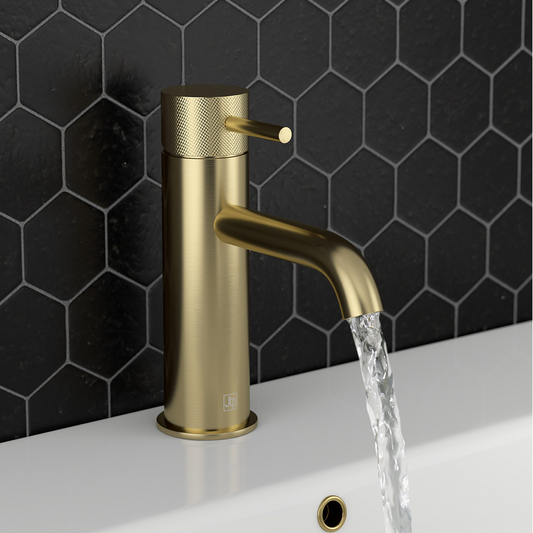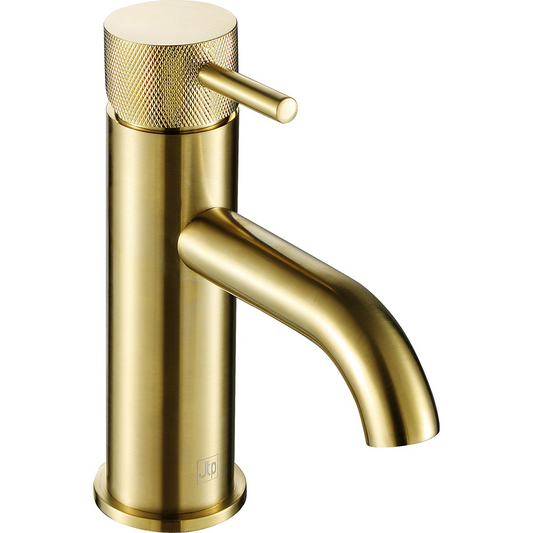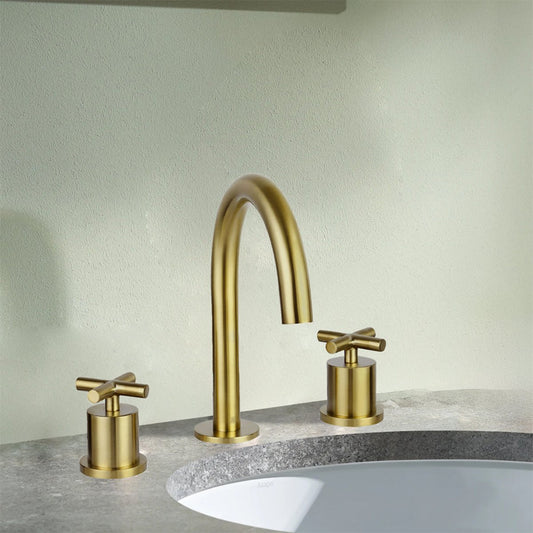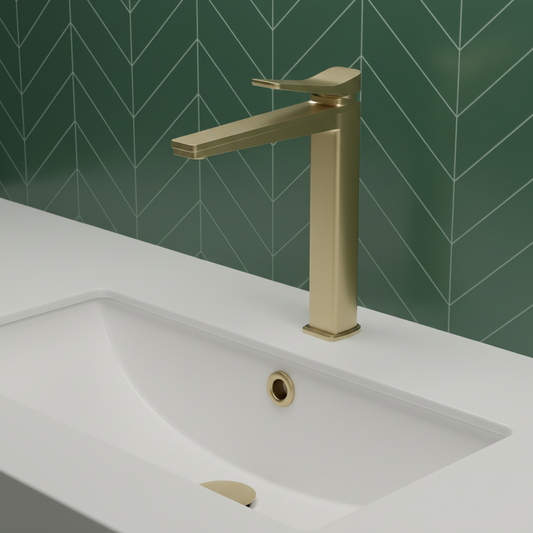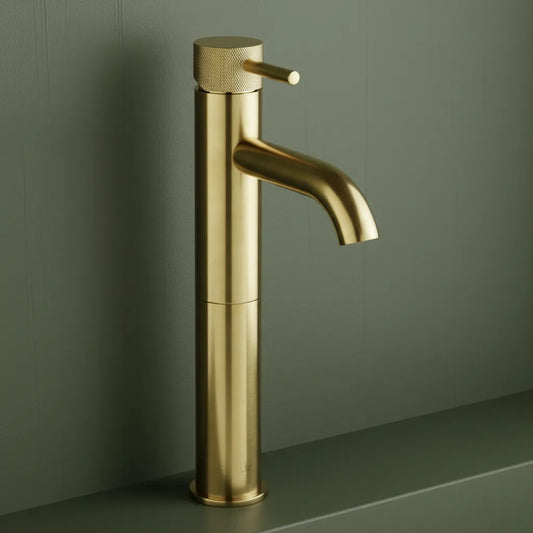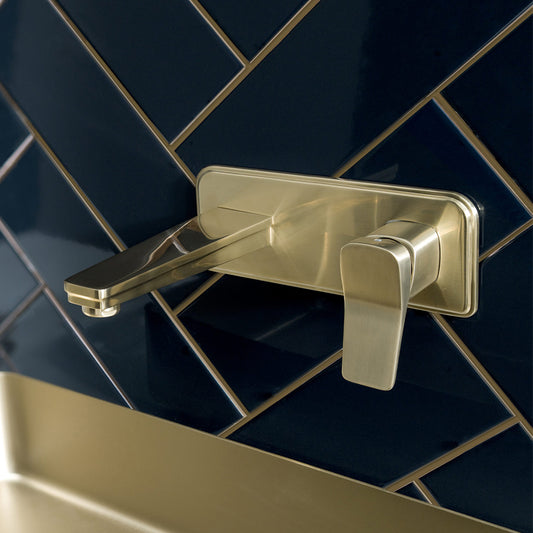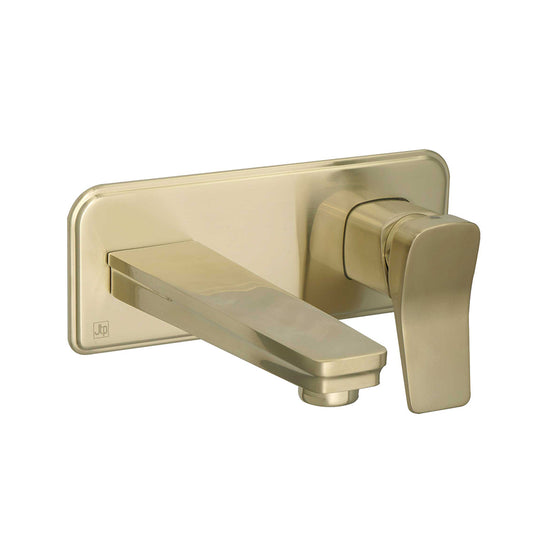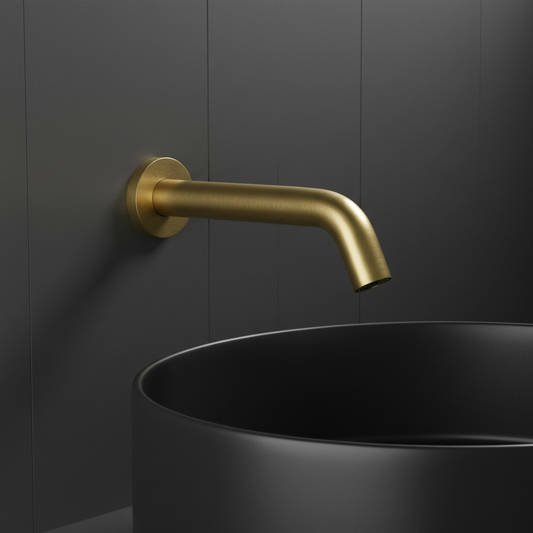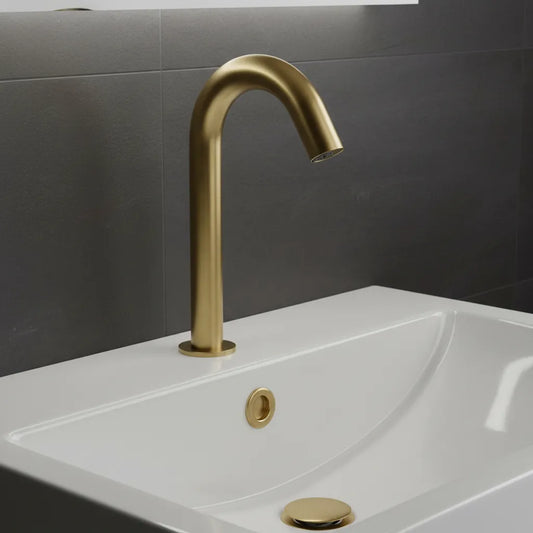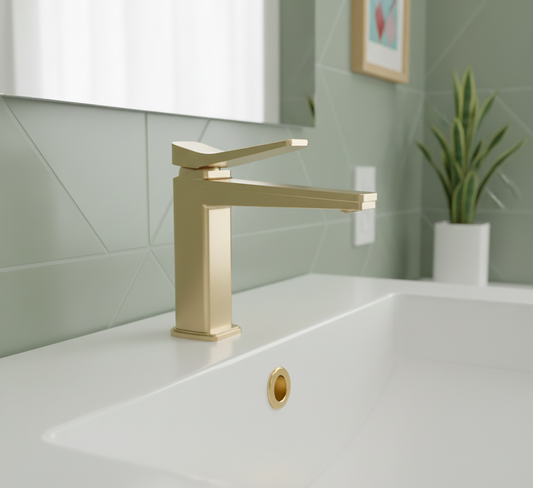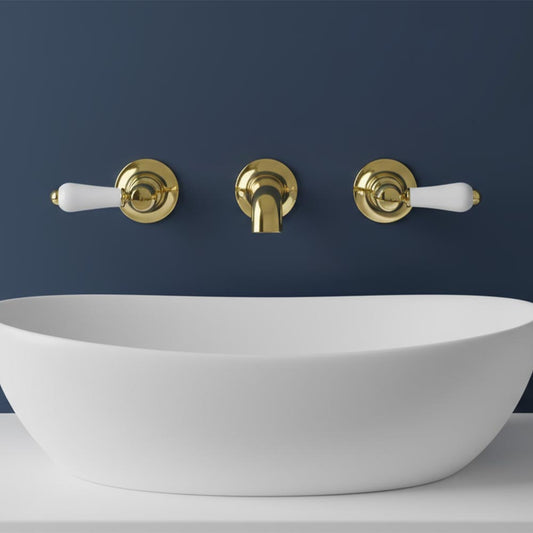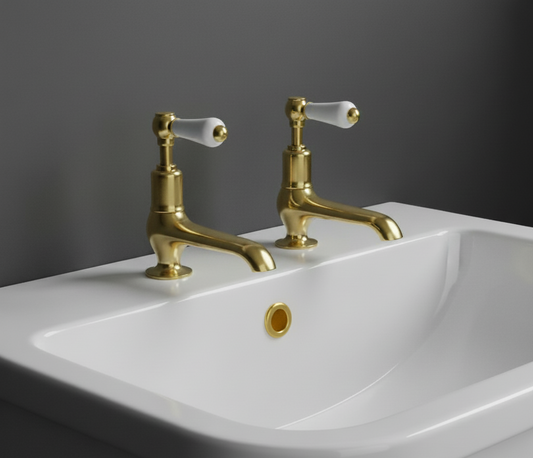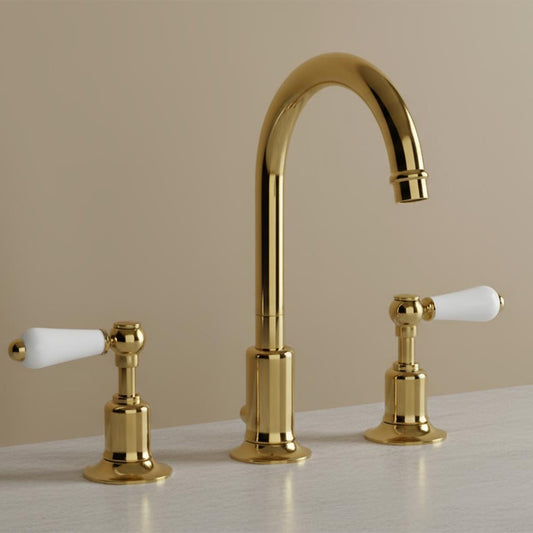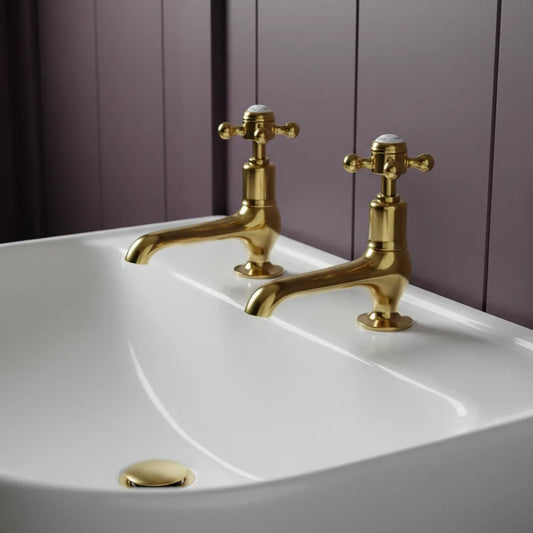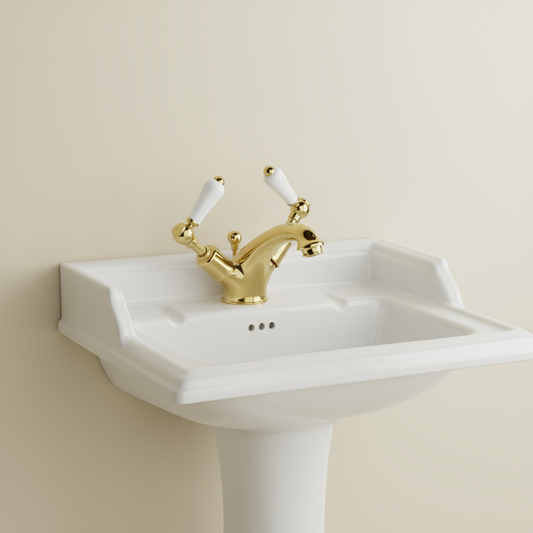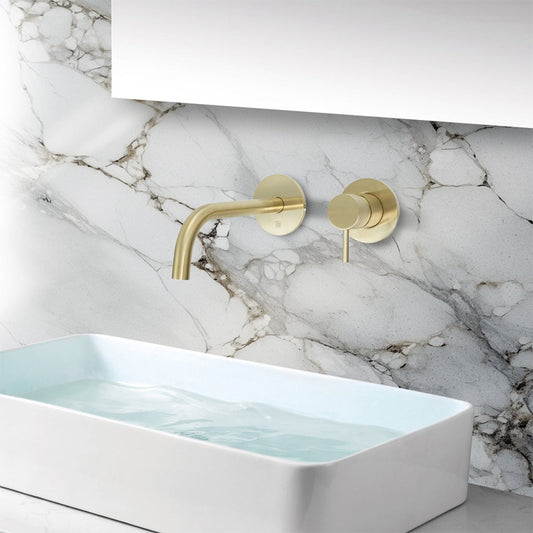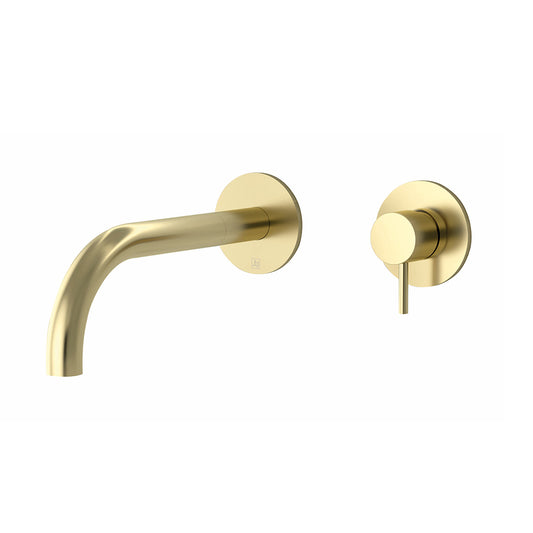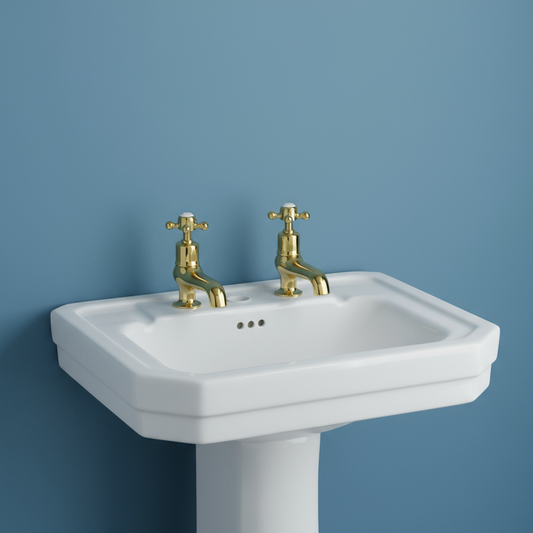Traditional vs Modern: The Home Features You Shouldn't be Getting Rid of
Table Of Contents:
-
Introduction
-
What is a Traditional Home?
-
Timeless Elegance: Traditional Bathroom Features Worth Keeping
-
What is a Modern Home?
-
Modern Features You Should Keep in Your Home for Functionality and Style
-
Modern vs. Traditional Design: Which One Is Right for You?
-
Conclusion
-
FAQs
Introduction
When it comes to designing or renovating your home, one of the biggest debates you might encounter is whether to embrace traditional or modern elements. Both styles offer distinct advantages, but there are some features from both approaches that have stood the test of time for a reason. Whether you're renovating an older home or building something brand new, knowing which features to keep—whether traditional or modern—can help enhance your living space. In this blog, we explore both traditional and modern homes, the features you should keep, and how to strike the perfect balance between the two.
What is a Traditional Home?
A traditional home is a style of house that embraces classic architectural features, materials, and design elements that have stood the test of time. These homes often reflect a sense of history, cultural heritage, and craftsmanship. Traditional homes are characterized by warmth, comfort, and a cozy atmosphere, often incorporating intricate details such as wood paneling, crown molding, wainscoting, and arched doorways.
The layout of traditional homes typically includes clearly defined spaces for different functions, with rooms that are more separated and intimate compared to the open, expansive layouts of modern homes. Symmetry and proportion play a key role in traditional architecture, and you will often see this reflected in the positioning of windows, doors, and other architectural details.
Materials commonly used in traditional homes include wood, brick, stone, and ceramic tiles, which all contribute to the timeless, organic feel of the design. In terms of decor, traditional homes often feature classic furniture pieces, rich fabrics, warm color palettes, and traditional patterns.
Overall, traditional homes exude a sense of permanence and comfort, evoking nostalgia and creating a welcoming, familiar space.

Timeless Elegance: Traditional Bathroom Features Worth Keeping
When considering the preservation of traditional home features, it’s important to highlight elements that not only contribute to the aesthetic appeal but also add functional value and timeless charm. Many of these features can also be incorporated into the bathroom to create a classic and inviting space. Here are some traditional features worth keeping, including some that apply specifically to bathrooms:
1. Wooden Floors
Wooden floors are a timeless feature in many homes, including bathrooms. They bring warmth and sophistication to any room. In bathrooms, waterproof wood finishes or engineered wood can be used to maintain the look of wood while withstanding moisture. Wooden floors develop a unique patina over time and bring a touch of natural beauty that’s hard to replicate with other materials.
2. Fireplaces
While fireplaces are traditionally more common in living rooms and bedrooms, incorporating a fireplace-style element in the bathroom, such as a freestanding bath or wooden mantle with a decorative surround, can bring an extra layer of elegance. Imagine relaxing in a clawfoot bathtub with the warm ambiance of a fireplace—this blend of traditional charm and comfort can make your bathroom feel like a luxurious retreat.
3. Crown Molding
Crown molding is a distinctive architectural detail that can elevate any room, including the bathroom. By adding crown molding to the ceiling, you can give the bathroom a polished and sophisticated look. Whether the bathroom is large or small, crown molding creates an elegant transition between walls and ceiling, helping the space feel more cohesive.
4. Wainscoting
Wainscoting in the bathroom is a beautiful and practical way to incorporate traditional style while protecting the walls from moisture. Wooden wainscoting, or water-resistant paneling, works well in both powder rooms and master baths. It adds texture, depth, and visual interest to bathroom walls, making it an ideal feature to maintain in a traditional bathroom design.
5. Double-Hung Windows
Double-hung windows are classic and functional. These windows allow for easy ventilation, which is crucial in bathrooms. They also provide ample natural light, making the bathroom feel more open and airy. Even in more modern bathrooms, you can retain the beauty of double-hung windows for a touch of traditional elegance.
6. Built-In Shelving
Built-in shelving in bathrooms is a fantastic way to maintain a traditional feel while also optimizing space for storage. Whether it’s built-in cabinetry, recessed shelves, or a medicine cabinet with a vintage mirror, this traditional feature allows for practical storage without compromising style.
7. Grand Staircases
While grand staircases are a defining feature of traditional homes, you can take inspiration from this feature in the bathroom with luxurious and ornate bath steps leading up to a freestanding tub. This helps create a focal point that mimics the dramatic elegance found in traditional staircases.
8. Intricate Door Hardware
In the bathroom, intricate door hardware such as brass or bronze knobs and handles can add an elegant finishing touch. Whether it’s the door to the bathroom itself, a vanity, or a shower enclosure, traditional hardware details elevate the space and complement the overall design of a period-style bathroom.
9. High Ceilings
High ceilings are a hallmark of traditional homes and they work wonderfully in bathrooms, particularly when you want to create an airy and spacious atmosphere. High ceilings allow for the inclusion of luxurious chandeliers, tall mirrors, or floor-to-ceiling tile designs that enhance the traditional aesthetic.
10. Classic Stair Railings
While stair railings are usually found in staircases, you can incorporate a similar style in your bathroom by opting for decorative metal accents around your freestanding tub or ornate railings for a walk-in shower. This can add a traditional touch to an otherwise simple space.
11. Clawfoot Bathtubs
A clawfoot bathtub is an iconic feature of traditional bathrooms. This luxurious bathtub style brings an old-world charm and offers the perfect blend of vintage elegance with modern comfort. Whether you go for a freestanding clawfoot tub or a modern rendition of the design, it’s sure to add timeless elegance to your bathroom.
12. Vintage Taps
In a traditional bathroom, vintage-style taps are key to completing the look. Brass, gold, or chrome taps with intricate detailing can bring a sense of history and craftsmanship to your bathroom. You can pair them with a traditional sink or a freestanding bath to keep the overall design harmonious.
By keeping these traditional features, both in the bathroom and throughout the home, you can create a space that combines functionality, beauty, and lasting appeal. Whether you choose to maintain the elegance of wooden floors or embrace the timeless charm of a clawfoot bathtub, these traditional elements will undoubtedly elevate your bathroom's atmosphere.
What is a Modern Home?
A modern home is characterized by its sleek, minimalist design, focusing on clean lines, open spaces, and functionality. It embraces a more contemporary aesthetic that often includes the use of modern materials like glass, steel, and concrete. Modern homes are typically designed with a focus on energy efficiency, smart technology, and open floor plans that create a sense of spaciousness and flow between rooms.
In the bathroom, modern designs tend to feature elements such as frameless shower screens, floating vanities, and freestanding tubs. These spaces often use neutral color palettes, combined with natural materials like stone or wood, for a clean, contemporary look. Modern homes also incorporate technology, such as smart taps, energy-efficient lighting, and programmable temperature controls, to enhance both convenience and sustainability.

Modern Features You Should Keep in Your Home for Functionality and Style
Modern homes are designed to meet the needs of contemporary living, combining innovative technologies with sleek designs and sustainable practices. While traditional features certainly have their charm, it’s important not to overlook the modern elements that add value, comfort, and practicality to your space. Here are several modern features worth keeping in your home, whether you’re building new or renovating.
1. Open Floor Plans
Open floor plans have become a hallmark of modern homes for good reason. These layouts promote a sense of space by reducing barriers between rooms, allowing for easy movement and flow. When you open up the living, dining, and kitchen areas, it encourages interaction and connectivity, making it ideal for entertaining guests or family gatherings. Additionally, an open layout maximizes natural light, making your home feel more inviting and expansive.
2. Smart Home Technology
One of the defining characteristics of modern homes is the integration of smart technology. From voice-controlled assistants to apps that allow you to adjust your thermostat, lights, or even your tap remotely, smart homes provide convenience and comfort. In bathrooms, you can have motion-sensing taps, heated floors, and mirrors that defog themselves automatically. Not only do these devices make everyday life easier, but they also enhance energy efficiency, making them a win-win for homeowners.
3. Energy-Efficient Features
Sustainability is central to modern home design, with energy-efficient features becoming a key consideration. Energy-efficient windows, insulation, and high-performance appliances lower the environmental impact of your home while also reducing utility bills. In the bathroom, water-saving taps and low-flow toilets are effective in reducing water consumption without sacrificing performance. Additionally, the use of eco-friendly materials like bamboo flooring or recycled countertops helps contribute to a sustainable living environment.
4. Minimalist Design
A minimalist approach to design is one of the most popular trends in modern homes. This design philosophy focuses on simplicity, clean lines, and functional furniture, creating a calm, clutter-free space. The idea is to pare down to essentials, focusing on quality over quantity. For example, modern bathroom designs feature sleek, frameless showers, floating vanities, and minimalist taps that provide a sophisticated look. In a minimalist home, every piece serves a purpose and enhances the overall aesthetic.
5. Integrated Indoor-Outdoor Living
Modern homes blur the lines between indoor and outdoor spaces, creating seamless transitions that enhance the overall experience. Large windows, glass doors, and spacious terraces or patios allow you to enjoy nature without leaving your home. Whether it’s a garden shower, an outdoor kitchen, or a lounge area on a balcony, integrating these spaces creates a sense of openness and freedom. This style of design is particularly popular in homes with stunning views or areas that enjoy pleasant weather year-round.
6. High-Quality Materials
Modern homes emphasize durability and long-lasting materials. From sleek stone countertops to beautiful hardwood floors, the materials you choose can make a big difference in the look and feel of your home. Whether in the kitchen, living room, or bathroom, materials like marble, granite, or engineered wood are often used for their beauty and resilience. For bathrooms, high-quality finishes such as brushed brass taps, polished chrome, and ceramic tiles are designed to last, adding sophistication and practicality to your space.
7. Floating Vanities and Modern Bathroom Designs
In bathrooms, the trend towards modern design is evident in features such as floating vanities, clean-lined taps, and frameless glass showers. Floating vanities add an element of visual space, creating a minimalist and sleek bathroom. Additionally, modern shower designs with features like thermostatic taps, rainfall showerheads, and digital temperature controls elevate the bathroom experience. These modern touches not only offer convenience but also help maximize space in smaller bathrooms, making them feel larger and more open.
Incorporating these modern features into your home doesn’t mean abandoning all traditional elements; it’s about finding the right balance between functionality, style, and innovation. Whether you’re upgrading your bathroom with sleek taps or redesigning your living room for an open-plan layout, these modern features will make your home more comfortable, efficient, and aesthetically pleasing.

Modern vs. Traditional Design: Which One Is Right for You?
When it comes to interior design, the age-old debate between modern and traditional design styles is ever-present. Each style has its unique appeal, advantages, and distinct characteristics. Understanding the differences between modern and traditional design can help you decide which direction best suits your tastes and needs.
1. Aesthetic and Style
Modern Design:
Modern design is characterized by clean lines, simplicity, and minimalism. It embraces the idea of less is more, focusing on functionality and form. Modern spaces typically feature open floor plans, sleek furniture, and neutral color palettes. In the bathroom, modern designs might include sleek, wall-mounted taps, minimalist vanities, frameless glass showers, and clean geometric shapes.
Traditional Design:
Traditional design, on the other hand, embraces richness and timeless elegance. It tends to be more ornate and detailed with classical furniture and architectural elements. Traditional bathrooms often feature pedestal sinks, ornate taps, antique-style mirrors, and rich wood finishes. The color schemes are usually warmer, using earthy tones, deep blues, greens, or reds. It evokes a sense of history and comfort.
2. Furniture and Fixtures
Modern Design:
Furniture in modern homes is often simple and functional, with clean lines and a lack of ornamentation. Materials like metal, glass, and sleek woods are used, and the focus is on creating a well-organized, clutter-free space. In the bathroom, modern taps are often streamlined, with smart technology integration, like motion sensors, temperature control, and water-saving features.
Traditional Design:
Traditional furniture is more detailed and ornamental, often crafted from rich woods like oak, mahogany, or cherry. Traditional bathroom taps are often more decorative, featuring intricate detailing and vintage designs. Freestanding bathtubs, framed mirrors, and classic tiling patterns are commonly found in traditional bathrooms, giving a luxurious and nostalgic feel.
3. Color Palettes
Modern Design:
In modern design, color palettes are typically neutral with shades of white, grey, black, and beige. Bold colors are used sparingly, often as accents. Modern spaces rely on the natural colors of materials like wood and stone to bring warmth and texture to the design. A modern bathroom might feature a simple white or grey backdrop with clean chrome taps or matte black fixtures.
Traditional Design:
Traditional interiors embrace a wider range of color options, including deeper and richer hues like burgundy, forest green, navy, or golden yellow. Patterned wallpaper, intricate drapes, and hand-painted details can often be seen. In a traditional bathroom, you may find pastel-colored tiles, vintage floral wallpaper, and warm gold taps that add a touch of old-world charm.
4. Materials and Finishes
Modern Design:
Modern homes typically make use of materials like glass, concrete, stainless steel, and natural stone. These materials often feature a sleek, polished look. A modern bathroom might have polished marble countertops, glass shower enclosures, and stainless steel taps. The focus is on creating a clean and streamlined appearance.
Traditional Design:
Traditional homes tend to use more classic materials like wood, brass, marble, and leather. The finish is often more intricate, and there’s a focus on creating a warm, inviting atmosphere. In traditional bathrooms, you’ll find golden brass taps, detailed wooden cabinetry, and luxurious marble tiles that emphasize elegance and sophistication.
5. Space and Layout
Modern Design:
Modern design often incorporates open floor plans that promote a sense of space. Rooms are typically large, airy, and open, with minimal barriers between spaces. In the bathroom, modern layouts maximize functionality while keeping the space feeling spacious and uncluttered. You might see a wall-mounted sink, an open shower space, and a large mirror reflecting natural light.
Traditional Design:
Traditional homes often include more defined spaces with cozy, segmented rooms. The layouts tend to emphasize comfort, with rooms that are designed for intimacy and functionality. Traditional bathrooms may have freestanding bathtubs, classic clawfoot tubs, and a focus on creating a luxurious, pampering experience.
6. Technology Integration
Modern Design:
Modern design integrates cutting-edge technology into everyday living. Smart homes, automated lighting, temperature controls, and energy-efficient appliances are commonplace. In modern bathrooms, sensor taps that conserve water, self-cleaning showers, and digital shower controls are becoming more popular.
Traditional Design:
Traditional design, while evolving with the times, tends to have fewer technological integrations. The focus is more on craftsmanship and preserving the look and feel of the past. However, modern upgrades like smart thermostatic taps and energy-efficient features can still be incorporated into traditional-style spaces for those who want to blend the old with the new.
7. Maintenance
Modern Design:
Modern designs typically feature surfaces and materials that are easier to clean and maintain. The absence of excess ornamentation means fewer places for dust and dirt to accumulate. Modern taps often come with water-saving features, which can be more eco-friendly and cost-effective over time.
Traditional Design:
Traditional homes often require more upkeep, particularly with regards to furniture and fixtures. Detailed carvings, intricate finishes, and classic designs require more maintenance to preserve their appearance. Traditional taps may need regular cleaning and polishing to maintain their shine and beauty.
Both modern and traditional designs have their own merits and can be beautiful additions to your home. The decision to go modern or traditional largely depends on your personal preferences, lifestyle needs, and the ambiance you wish to create. Modern designs offer sleek functionality and a minimalist aesthetic, while traditional designs provide timeless elegance, character, and warmth. By understanding the key differences between the two styles, you can blend the best of both worlds into your home for a truly unique and personalized space.
Conclusion
When designing your home, there is no need to completely abandon traditional elements in favor of modern ones, or vice versa. Many of the best homes incorporate both traditional and modern features, creating a blend of warmth, comfort, and efficiency. Keep the elements that speak to you, whether it's a stately fireplace, sleek smart home technology, or beautiful wooden floors. The key is finding the right balance and choosing features that will enhance both the function and beauty of your space for years to come.
FAQs
1. Can I combine traditional and modern elements in the same room?
Yes! Combining traditional and modern elements can create a dynamic and eclectic look. For example, you could pair a vintage wooden bookshelf with a modern minimalist sofa, or combine a classic fireplace with smart home features.
2. Are traditional elements like crown molding still popular in modern homes?
Yes! Crown molding can add a touch of elegance to any room, and it pairs well with modern furniture and finishes. It's about balance and combining styles thoughtfully.
3. How can I modernize a traditional home without losing its charm?
You can modernize a traditional home by incorporating modern technology, updating the furniture with sleek, minimalistic designs, and using contemporary colors or finishes while retaining the key traditional elements like wooden floors, fireplaces, and molding.
4. Should I focus on functionality or aesthetics when designing my home?
Both are important. A well-designed home balances functionality with aesthetic appeal, ensuring that the space is comfortable, practical, and visually pleasing.
5. What are some modern elements I can add to my traditional home?
Consider incorporating smart home devices, energy-efficient appliances, or minimalist furniture. Even simple updates like modern lighting fixtures or contemporary artwork can make a traditional home feel fresh and current.
other related blogs:


